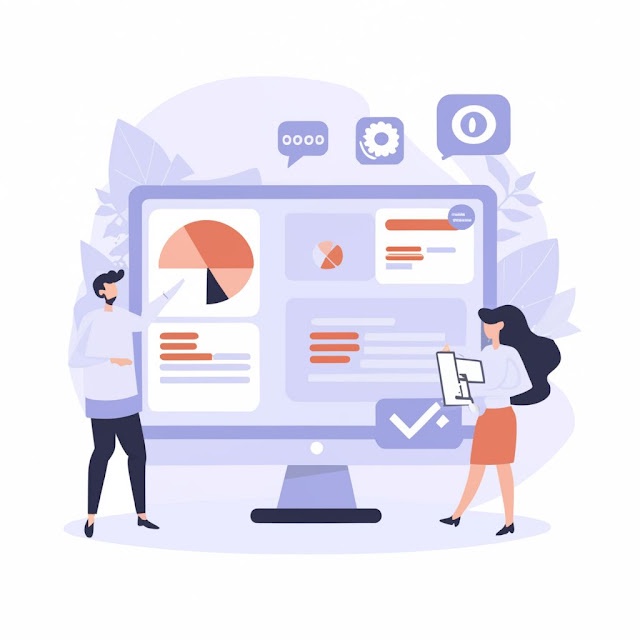Introduction
Graphic designing is a dynamic field that encompasses the art of visual communication. Whether you realize it or not, graphic design surrounds us in our everyday lives, from the logos on our favorite products to the websites we visit online. In this beginner's guide, we'll explore the fundamentals of graphic design, providing you with the knowledge and tools to embark on your own creative journey.
What is Graphic Design
At its core, graphic design is the art of combining text, images, and other visual elements to convey a message or evoke an emotion. It's about communicating ideas in a visually compelling way, whether through a poster, a website, or a logo. Graphic design is not just about making things look good; it's about solving problems and effectively communicating information to an audience.
The Elements of Graphic Design
Understanding the basic elements of graphic design is essential for creating impactful visuals. These elements include:
- Color: Color plays a crucial role in evoking emotions and creating visual hierarchy.
- Typography: The choice of fonts and typography can greatly impact the readability and tone of a design.
- Imagery: Images and graphics help to convey messages and enhance the visual appeal of a design.
- Layout and Composition: The arrangement of elements within a design influences how information is perceived and understood.
By mastering these elements, you'll be better equipped to create visually engaging designs that resonate with your audience.
Tools of the Trade
To bring your creative visions to life, you'll need the right tools. Popular graphic design software such as Adobe Photoshop, Illustrator, and In Design are industry standards for professionals. These tools offer a wide range of features and functionalities for designing everything from simple graphics to complex layouts.
Design Principles
In addition to understanding the basic elements of graphic design, it's essential to grasp the underlying principles that guide effective design. These principles include:
- Balance: Achieving visual equilibrium by distributing elements evenly throughout a design.
-Contrast entails generating visual intrigue by juxtaposing diverse elements.
- Alignment: Establishing a sense of order and organization by aligning elements along a common axis.
- Hierarchy: Communicating the relative importance of different elements within a design.
By applying these principles, you can create designs that are not only aesthetically pleasing but also functional and easy to navigate.
Understanding Typography
Typography plays a significant role in graphic design, influencing the mood, tone, and readability of a design. When choosing fonts for your designs, consider factors such as readability, appropriateness, and consistency. Experiment with different typefaces and font pairings to find the perfect combination for your project.
Creating Your First Design
Now that you have a basic understanding of graphic design principles and tools, it's time to put your skills to the test. Start by brainstorming ideas for a simple design project, such as a poster or a social media graphic. Sketch out your ideas on paper before bringing them to life using your chosen design software. Feel free to explore and refine your designs through experimentation and iteration until you achieve the desired outcome.
Finding Inspiration
Inspiration surrounds us, ready to be uncovered and embraced. Take the time to explore design blogs, websites, and social media platforms for inspiration and ideas. Analyze existing designs and identify what makes them effective. Pay attention to current design trends and incorporate them into your own work while adding your unique creative flair.
Building Your Skills
Like any skill, graphic design requires practice and dedication to master. Take advantage of online resources such as tutorials, courses, and forums to continue learning and expanding your skill set. Surround yourself with a supportive community of fellow designers who can offer feedback and encouragement along the way. Remember that every design project is an opportunity to learn and grow as a designer.
Conclusion
As you embark on your journey into the world of graphic design, remember that creativity knows no bounds. Embrace the challenges and opportunities that come your way, and never stop pushing the boundaries of your imagination. With passion, perseverance, and a commitment to lifelong learning, you'll be well on your way to becoming a skilled and successful graphic designer. So go forth, explore, and unleash your creativity on the world!


No comments yet